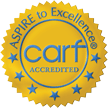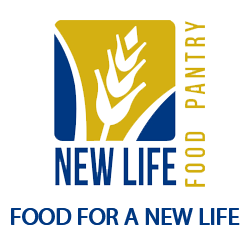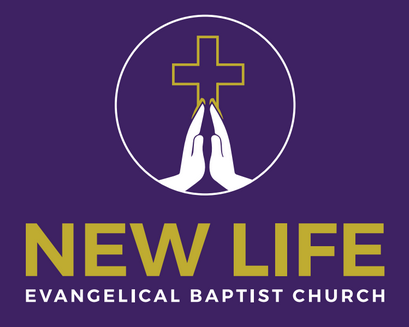Welfare Reform Will Force Addicts Into Treatment and Directed Care (Last in a series of reports from the front line of the battle against heroin.) Yesterday, I suggested how much money could be saved by managing, or “directing,” all the medical care of heroin addicts through their participation in a methadone program. Now, it’s time to wrap things up by making some suggestions to the incoming leadership in the Maryland State House. For simplicity, I will follow the chronology of this series, but add a final recommendation, welfare reform, to which all the others are linked, one way or another.
- We need to think in terms of a Substance Abuse Treatment Reformation. If drug treatment is what we all seek (recovery for addicts, but most notably relief for the community), then we must first admit that methadone clinics are not very effective in bringing that about, even among “good” patients. Incentives to get new patients into treatment, and to stay there, will help. Providing breakfast and lunch for patients will help more. Turning Point runs the largest food pantry in Maryland. We expect to begin such free, hot meal service for patients in 2015. This may require limited grant funding. (The $80 a week that Medicaid pays for methadone treatment is hardly adequate even for minimal services.)
- Rearranging the deck chairs (or, more aptly, recounting the lifeboats) is not going to change things. Baltimore has a staggeringly huge number of heroin addicts—at least 60,000—and probably far more. We need to recognize this as state budgets are prepared, and policies (hopefully new ones) are developed that deal with the addiction problem.
- Stop focusing on the tip of the iceberg, i.e. “good” patients, and develop strategies to get more of the vast sea of heroin addicts who are not interested in becoming good patients, or even in becoming bad ones, into treatment. Streamlined new patient processing is but the first thing we must implement. Turning Point will have its “Open Access” proposal on the new Governor’s desk by January 22, 2015.
- Community churches, with congregations truly open to taking in heroin addicts as members, will be an important part of any successful Reformation. My church and clinic are sister organizations. I desperately want to see this model replicated, elsewhere in Baltimore, and around the country. Last month, I appointed my first Manager of Faith-Based Programs. The State ought to consider pilot grant funding for such programs. Let’s watch, carefully, how well they work.
- The community needs to be educated, and then re-educated again, as to the enormous unseen benefits methadone programs provide. Politicians need to take the lead in this. They also must try, difficult though it surely will be, to resist the temptation to inhibit the development of new clinics as constituents cry “not in my backyard! One way to do this is the model Turning Point is using. We will develop other clinics in Baltimore, with mental health, and primary and urgent care components. They will constitute meaningful redevelopment projects in blighted areas, providing construction and then permanent jobs to many. This is what we are doing presently. That is, if the City approves our site proposal. These will require some funding, but the savings to Medicaid will pay for such many times over.
- Pass legislation and adopt policies that will make “Directed Care” practical, and develop other methadone clinics so that Directed Care can become the norm when it comes to inner city primary and urgent care. Of course, these clinics will not only serve addicts, but all in the community. These Directed Care clinics will have to be large in order to make the numbers work by achieving meaningful economies of scale. In Baltimore, there has been talk of going in the opposite direction, toward many, but smaller, methadone clinics. Although now is not the time to make the case, such talk is pure madness. These patients need MORE and not LESS resources. Moreover, large, Directed Care clinics will SAVE vast amounts of Medicaid dollars. A bunch of inefficient, little clinics is only going to cost more taxpayer money, which governments surely do not have, and they could never provide the resources needed by addicts.
- There is NOTHING policy makers and legislators can better do to get more people into treatment, and keep them there, than this: Welfare reform! Many states are trying to implement or have proposals regarding the lucid and courageous idea of linking welfare to drug testing: If you want your welfare and food stamps, then cease drug use. With methadone being a near perfect substitute for heroin, such a policy of welfare reform is hard to criticize. This could bring multiple times as many people into treatment. I am requesting a meeting with Maryland Governor-elect Hogan to discuss this matter. If we are going to force people into Directed Care, then we are going to have to first force them into methadone treatment.
Conclusion: Governors need to appoint someone, not to study, but to bring about a Substance Abuse Treatment Reformation. Forgive me for this, but I cannot ignore the parallel to the real Reformation, which some historians attribute compellingly to the preceding “black death” that killed 30 percent to, some say, 60 percent of ALL of Europe’s population. I have spent 30 years of my life fighting black death in East Baltimore. I want to start winning. I am asking the new Maryland governor to help me. A quarter century ago, an African-American columnist, Dorothy Gaiter, wrote in The Miami Herald that “Being poor is no crime and should not result in a sentence to live among the lawless.” Maybe our Reformation can make her aspiration a reality, finally. Rev. Milton E. Williams President, Turning Point Clinic Sr. Pastor, New Life Evangelical Baptist Church



